Welcoming a new kitten into your home brings joy and companionship, but it also presents certain challenges, especially when it comes to protecting your furniture from their natural urge to scratch.
As playful and curious creatures, kittens can easily damage household items if not properly guided. Thankfully, with thoughtful strategies and preparations, you can ensure both your kitten’s well-being and the safety of your household furnishings.
10. Keep Your Kitten Entertained with Toys
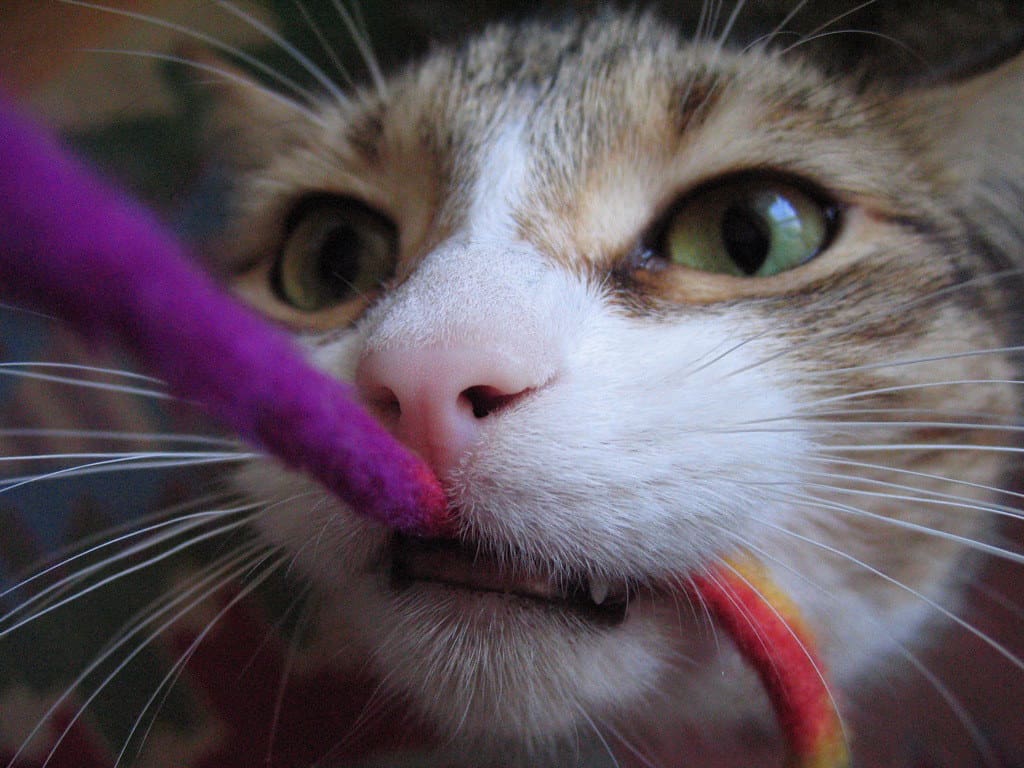
Provide a variety of safe toys to keep your kitten occupied and less likely to scratch furniture. Rotate toys regularly to maintain interest. Options include balls with bells, small stuffed toys with catnip, and foam rubber toys. Avoid toys with string or small plastic parts that could be swallowed.
9. Create “No-Go” Zones with Aluminum Foil
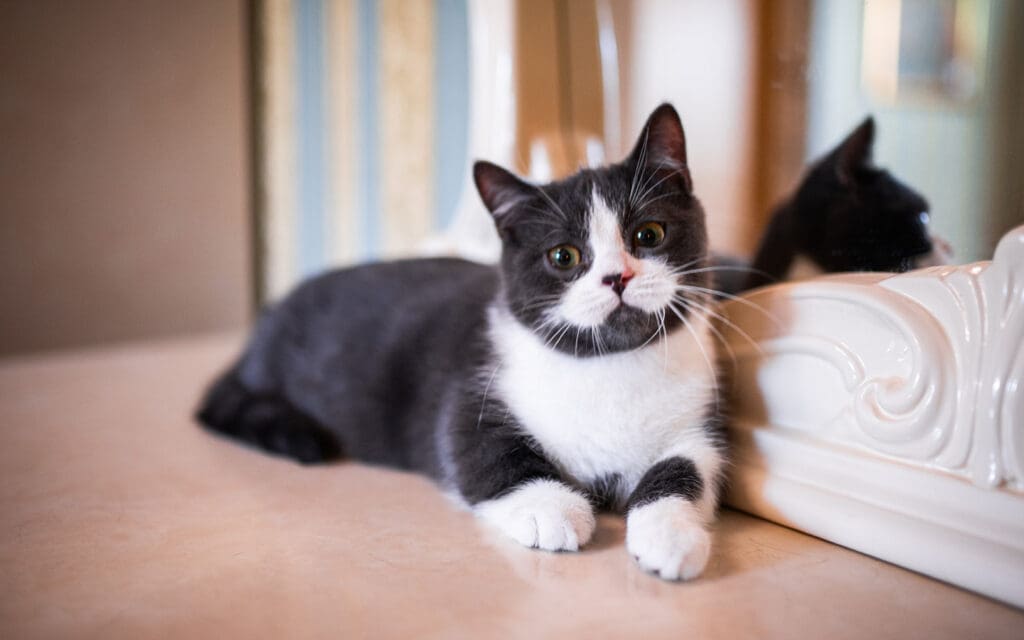
Cats typically dislike the texture and sound of aluminum foil. Place sheets on furniture or areas you want to protect. The crinkly sensation under their paws will deter most kittens from jumping up. However, this method may not work for all cats and is best used as a temporary solution while training.
8. Train Your Kitten with Positive Reinforcement
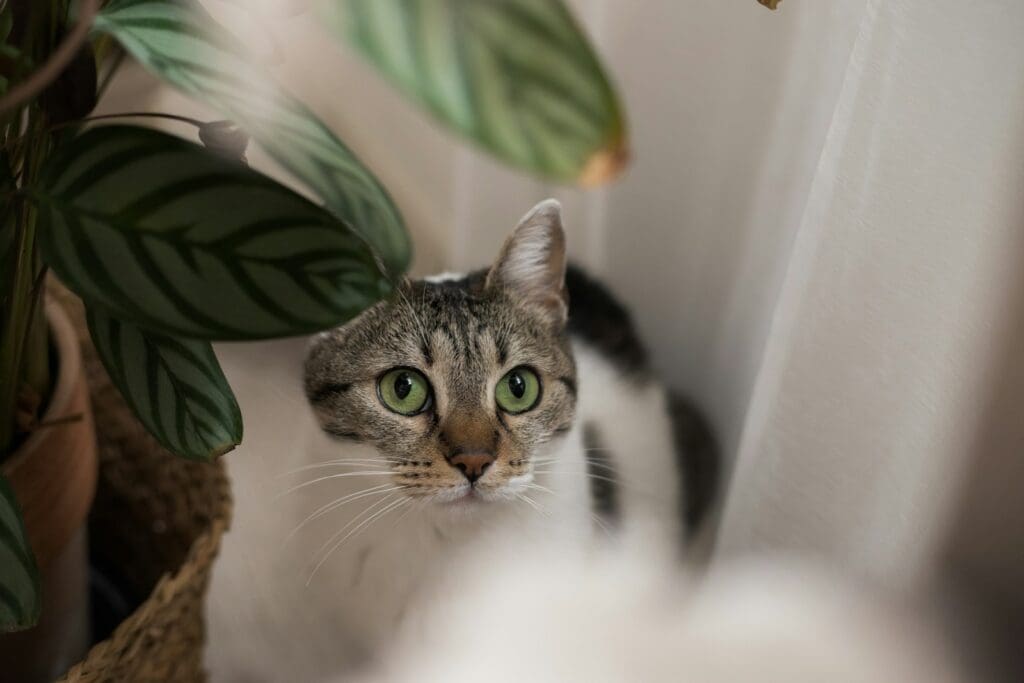
Use treats, toys, or praise to reward your kitten for using scratching posts and playing with appropriate toys. Consistently reinforce good behavior to encourage repetition. Keep training sessions short and fun. Clicker training can be effective for teaching desired behaviors. Never punish your kitten, as this can lead to fear and anxiety.
7. Invest in Cat-Friendly Furniture Materials

Choose furniture upholstered in durable, cat-resistant fabrics like microfiber, leather, or tight-weave polyester. These materials are less likely to snag or tear from kitten claws. Avoid delicate fabrics like silk or velvet, which can easily be damaged. Opt for darker colors or patterns that match your kitten’s fur to hide any potential scratches or hair.
6. Use Double-Sided Tape on Furniture Edges
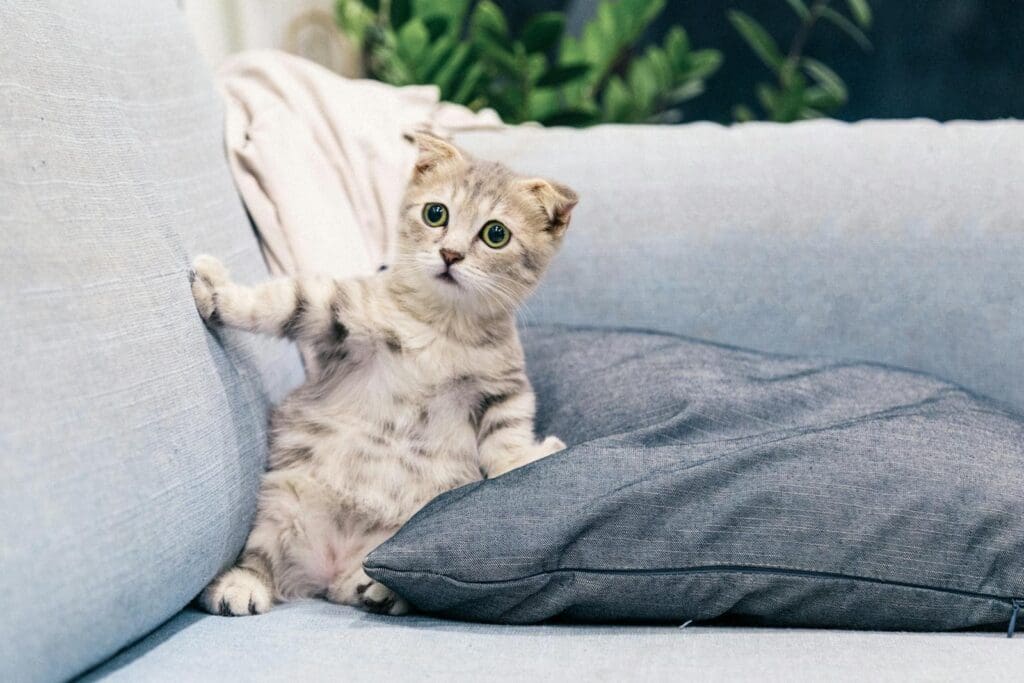
Apply double-sided tape to furniture edges to deter kittens from scratching. Products like Sticky Paws or clear carpet tape work well. Place strips along corners and areas prone to scratching. The sticky sensation discourages clawing. While effective for many cats, some determined kittens may remove the tape, so monitor and reapply as needed.
5. Offer Alternative Play Areas
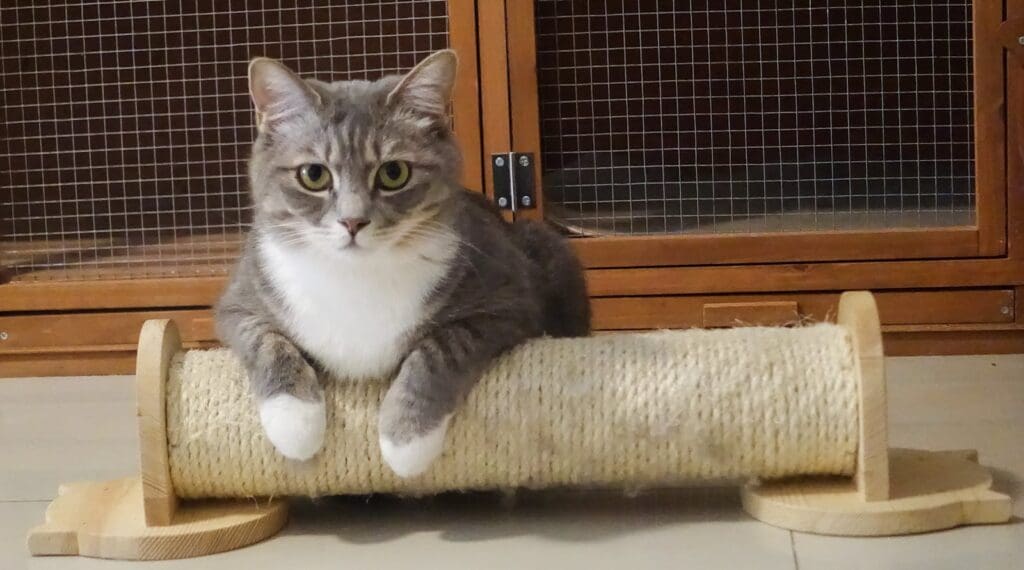
Provide engaging play areas to divert your kitten’s attention from furniture. Set up cat trees, scratching posts, and interactive toys in strategic locations. Encourage use by placing treats or catnip nearby. This not only protects your furniture but also stimulates your kitten’s natural instincts, promoting physical and mental well-being.
4. Trim Your Kitten’s Claws Regularly
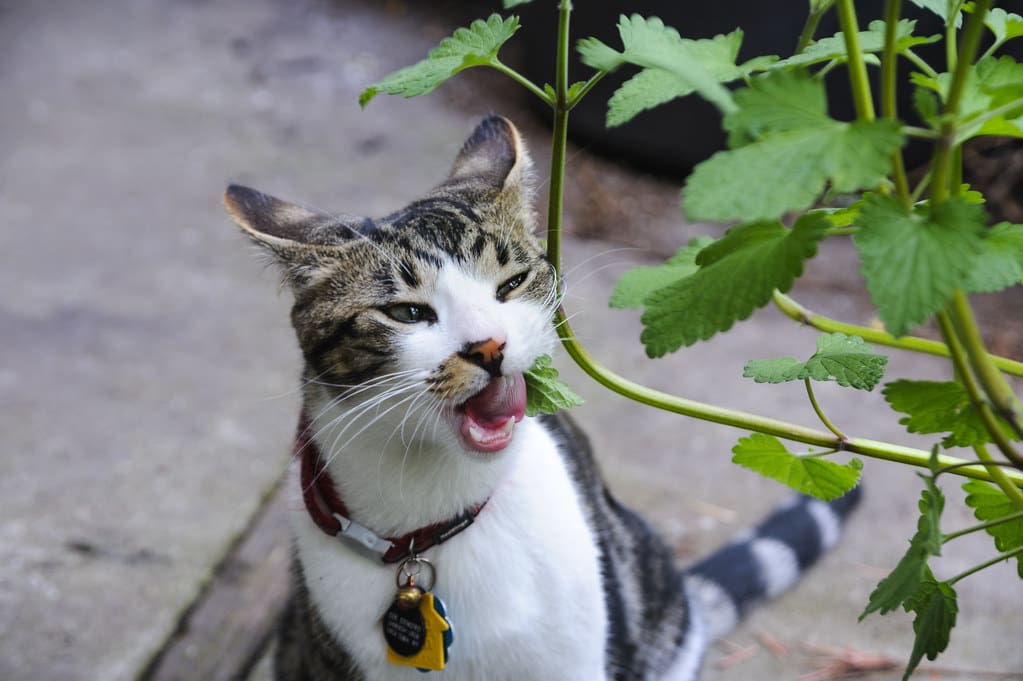
Regularly trimming your kitten’s claws can significantly reduce furniture damage. Use cat-specific nail clippers and only trim the white tips, avoiding the pink quick. Start slowly, rewarding your kitten with treats to create a positive association. Aim to trim every 2-3 weeks, or as needed. This practice not only protects your furniture but also promotes bonding with your pet.
3. Apply Deterrent Sprays
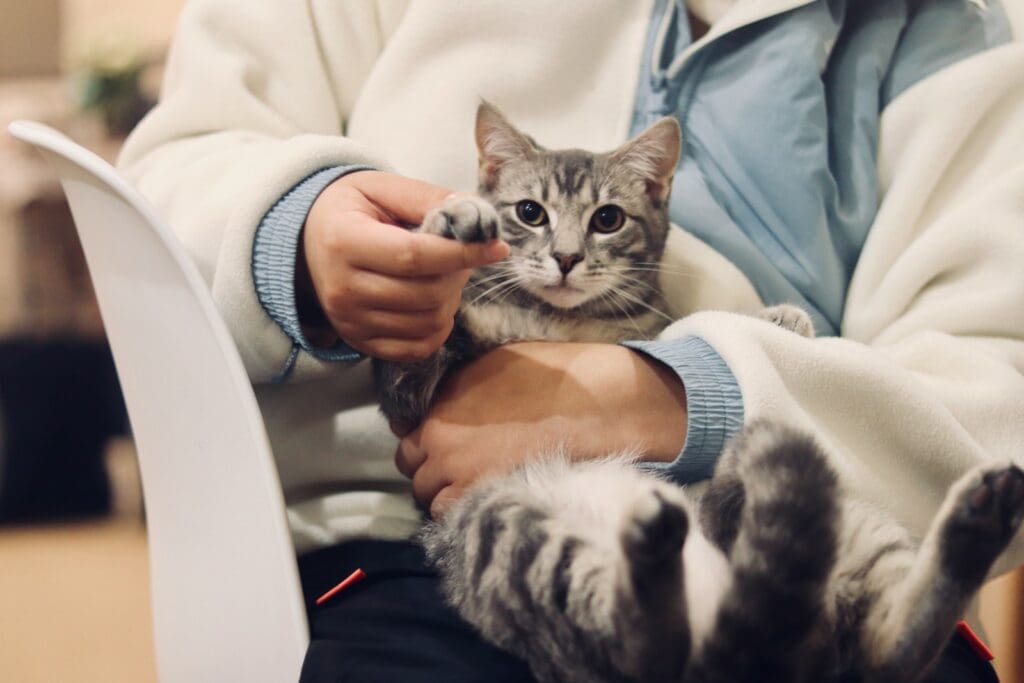
Deter kittens from scratching furniture with specially formulated sprays. Pet MasterMind Claw Withdraw Cat Spray, made with natural ingredients like rosemary, effectively discourages scratching within days. Apply to target areas several times daily for the first week, then gradually reduce frequency. Safe for fabrics and surfaces, this eco-friendly option leaves a pleasant scent humans enjoy.
Related: Top 10 Simple Tricks to Help Calm Your Moody Cat
2. Use Protective Covers on Furniture
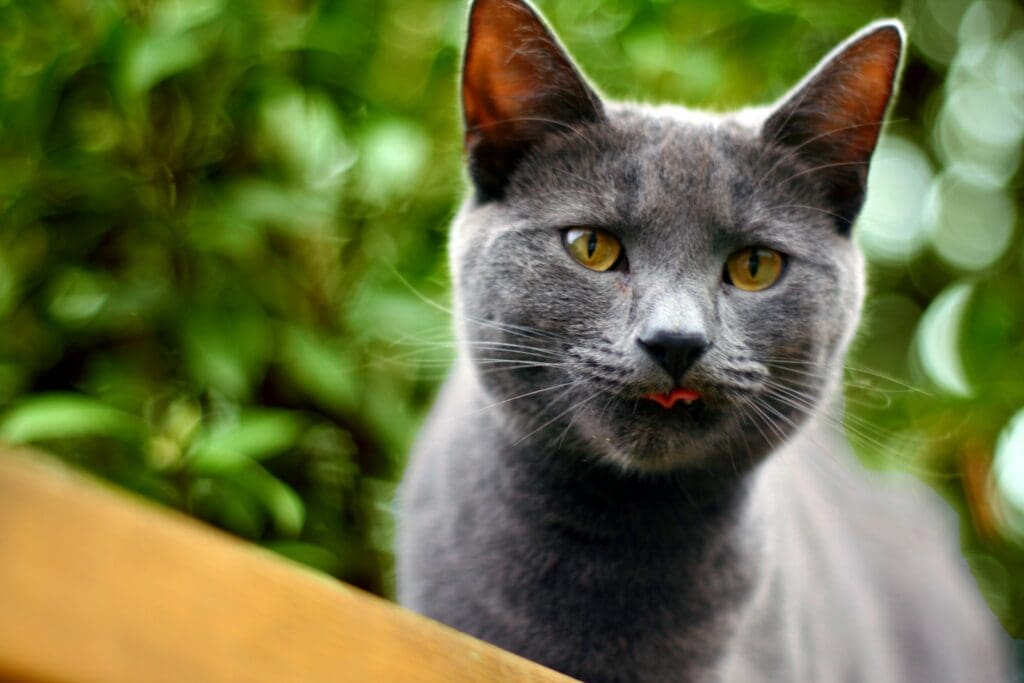
Invest in cat-friendly furniture covers to safeguard your sofas and chairs. Look for durable, scratch-resistant materials like microfiber or velvet. Many covers are waterproof and machine-washable, offering protection against accidents and shedding. Choose from various styles and colors to match your decor while keeping your furniture safe from curious kittens.
Related: 10 Adorable Things Your Cat Does When You’re Not Home
1. Provide Plenty of Scratching Posts

Offer multiple scratching posts throughout your home to satisfy your kitten’s natural urge to scratch. Choose posts with different textures like sisal, cardboard, and carpet. Place them near furniture and spray with catnip to attract your kitten. This redirects scratching behavior and protects your furniture while keeping claws healthy.
Related: 10 Habits That Secretly Make Your Cat Despise You





